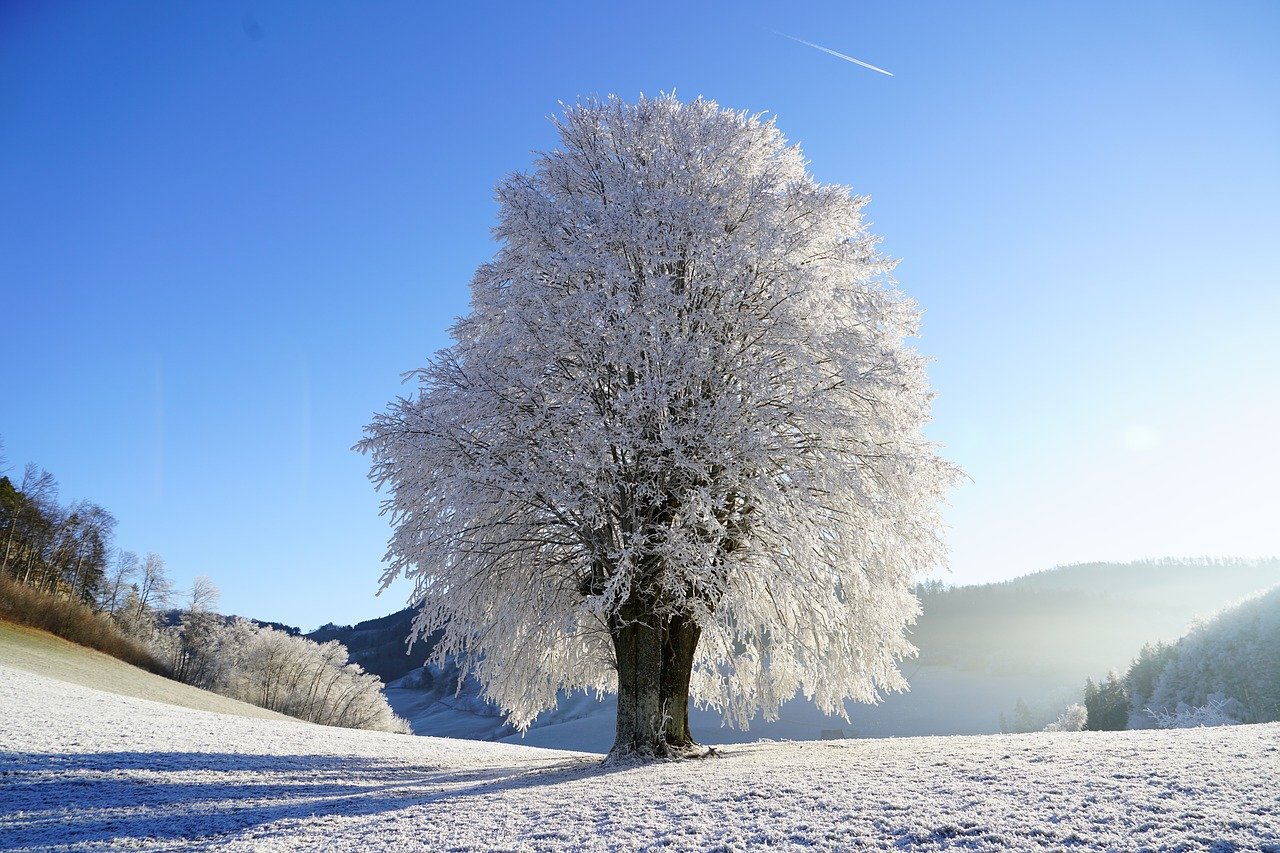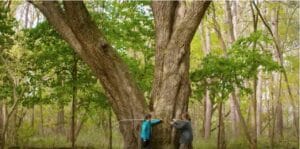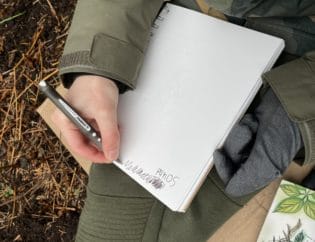
If you’ve visited this site in the past, you know that we are nature aficionados and we hope to help all children respect and love nature. One of our favorite parts of nature to admire are trees. We just adore trees. They make our world beautiful, keep our planet breathing and provide so many benefits to life.
There are so many reasons to appreciate trees and many ways to show appreciation including befriending one, photographing them, decorating them with a mask, to taking a forest bath. Here, we introduce a simple way to learn more about a tree by discovering its age without (gasp) cutting it down to count the tree rings.
“I never see a forest that does not bear a mark or a sign of history.”—Anselm Kiefer (Artist)

It can be very difficult to calculate the age of a tree if you don't know when it was planted. However, it is possible to estimate the tree's age through an approximation technique that is based on the circumference of its trunk. This method, which was first proposed by the International Society of Arboriculture (ISA), relies on a simple formula that uses the tree diameter at breast height (DBH), which is the tree's diameter at a point of 4.5 feet above the ground.
Some simple background: Measuring the girth, or the middle, of a tree can be used to estimate the tree's age. Generally, a tree will increase its girth by 1 inch a year.
Step 1. Gather your materials. All you need is a tape measure, paper and something to write with. Depending on the size of the tree, you may need a partner to help measure your tree.
Step 2. Choose your tree! The most important step. Decide which tree you want to age. You will need to sort out the species of your tree in order to figure out its age. Use a tree ID app or field guide to help you out.
Step 3. Measure the circumference. Wrap the tape measure around the tree at about four and a half feet above the ground. This measurement is the tree's circumference. Write down this measurement.

- Source: Minnesota Department of Natural Resources

- Source: Minnesota Department of Natural Resources
Step 4. It's time for a little bit of math. Use the circumference to find the diameter of the tree. The formula for finding diameter is: Diameter = circumference divided by 3.14 (pi).
Step 5. Now that you have the diameter of the tree, it's time to figure out its age. Because the rate of growth will differ according to what type of tree it is, you'll need the tree's growth factor. You can find your tree's growth factor here. Some types of trees, such as oak and beech, will grow quite slowly, and so the growth factor will be smaller. Pine trees however are very fast-growing and their growth factor will be larger. Of course, this is an estimation as there are other factors that will affect the growth of a tree such as how close the tree is to other trees. If the tree is on its own, it has the space to grow faster than trees in a wood.
Here are the growth factor rates for common trees:
2.0: Aspen, Cottonwood
3.0: Silver Maple, Pin Oak, Linden
3.5: River Birch
4.0: American Elm, Green Ash, Red Oak
4.5: Black Walnut, Red Maple
5.0: Sugar Maple, White Birch, White Oak, Black Cherry
7.0: Dogwood, Ironwood, Redbud
For example, if you wanted to figure out the age of white oak and find that its circumference is 80 inches, diameter is 25.46 inches (80 divided by 3.141592), with a growth factor of 5.0, input these details into the equation, we have the following: 25.46 × 5.0 = 127.323. The estimated age of the white oak is 127 years old!
Sources:
http://www.newport.gov.uk/documents/Leisure-and-Tourism/Countryside/Measuring-Trees.pdf
https://goodcalculators.com/tree-age-calculator/
https://www.hunker.com/12001364/how-to-tell-the-age-of-a-tree-without-cutting-it-down












I looked for an answer to the question of my son, but I was also excited to know about this. Thank you for sharing!